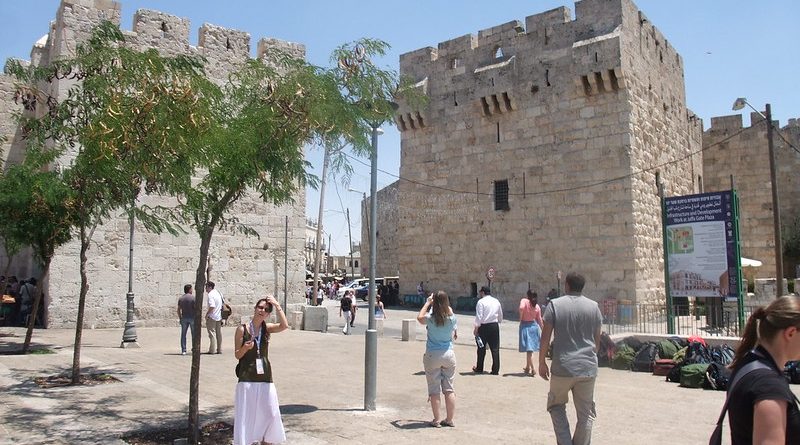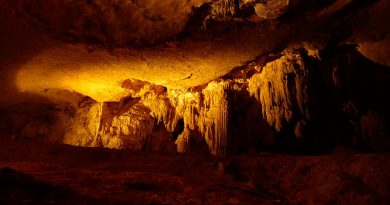Jerusalem’s Ramparts Walk
‘The Old City of Jerusalem is divided into 4 Quarters – Jewish, Muslim, Christian and Armenian –and its tiny cobbled and crowded streets make it hard to get a proper view. The Ramparts Walk allows you to really get a feel for the place. From here you can see the many church spires, domes and minarets which stand just meters apart as well as a view across to Mount of Olives.
Jerusalem ‘s city walls have been here but thousands of years but most of the current walls date from the Ottoman occupation of the Holylands which lasted four hundred years until the end of World War 1.
The ramparts walk takes you from Jaffa gate to Dung gate towards the Wailing Wall and Dome of the Rock .From Jaffa gate to Damascus gate we pass the Church of the Holy Sepulchre, the ancient site of the crucifixion and burial of Jesus. Christ’s tomb here is the most important site of all for many Christians.
Passing the Arab Quarter the Mamaluk Buildings are excellent examples of the golden age of Islamic architecture.
Then down from the Ramparts into narrow streets to wander around the rebuilt Jewish Quarter with its old Sephardic synagogues and the tiny, quaint, windy streets.
It was home to European and Sephardic Jews during the centuries under Ottoman rule.
Western Wall:
‘For Jews all over the world the focal point of Jerusalem is the Western Wall, which is the last surviving wall of the ancient Temple, which was built by Herod the Great in 19BC and destroyed by the Romans in 70AD. The Temple itself stood roughly where the Great Mosque stands today, and the top of the Temple Mount is today under the control of the Muslim Waqf. That’s why Jewish people gather to pray at the Wailing Wall, which has seen centuries of tears and prayers.
‘It’s also a special place for Jewish boys to celebrate their Bar Mitzvah, when they turn 13 and are invited to read from the Torah scroll for the first time.
Tunnels Tour:
‘History is built in layers, so to understand the history of a city like Jerusalem, you have to go underground. We are going back in time by going down into the tunnels which have been excavated next to the Western Wall. Here we can walk on the stones where Jesus walked, at what would have been ground level 2000 years ago, and was built over and covered up until a few years ago.
The tunnels are an incredible labyrinth and the passageways have remained untouched for centuries so they reveal many previously unknown facts about the history and geography of the Temple Mount. From them we can get a sense of a continuous chain of history from the times of the Hasmoneans until today.
Mount of Olives
The Mount of Olives is also dominated also by the world’s largest and oldest Jewish cemetery.
Visitors to the nearby Garden of Gethsemaneare amazed when they learn that the gnarled olive trees they see could have been young saplings when Jesus came here with the disciples on that fateful night after the Last Supper (Matt. 26:36; Mark 14:32; John 18:1). Today the ancient trees rise from manicured flower beds; in Jesus’ time this would have been an olive grove where an olive-oil press – Gethsemane in Greek – was located.




